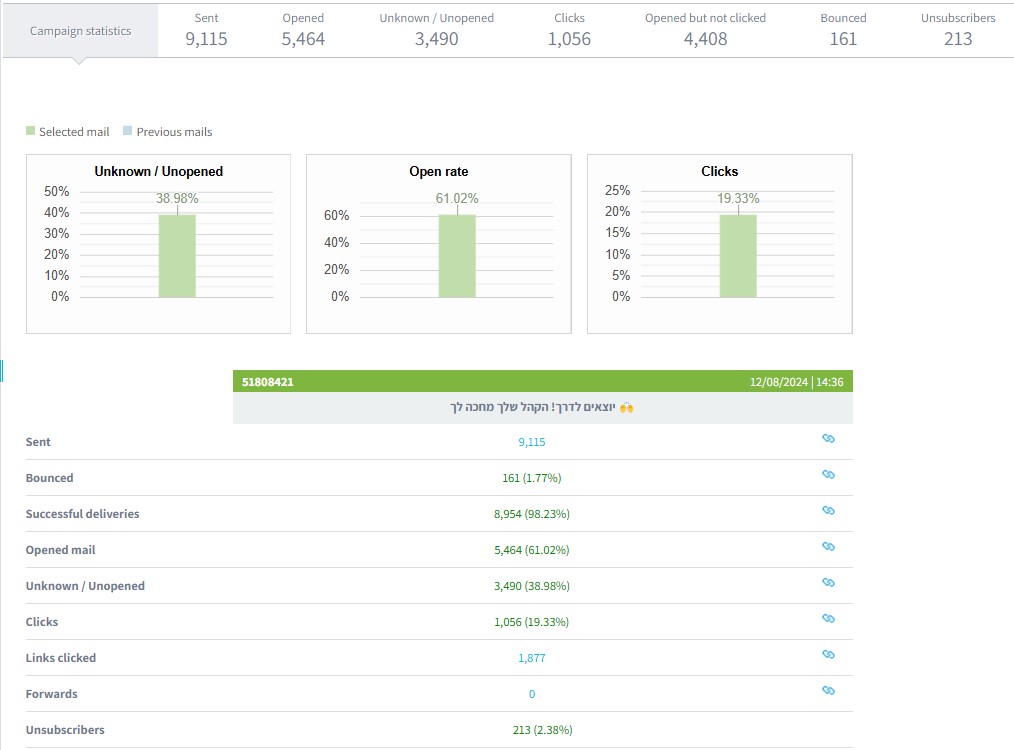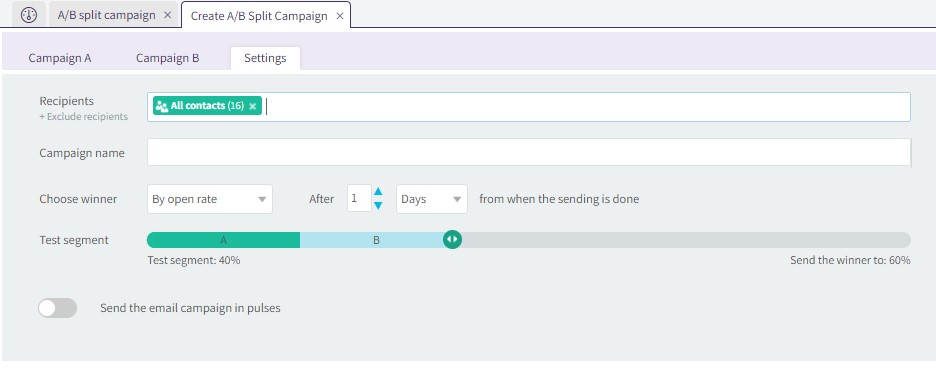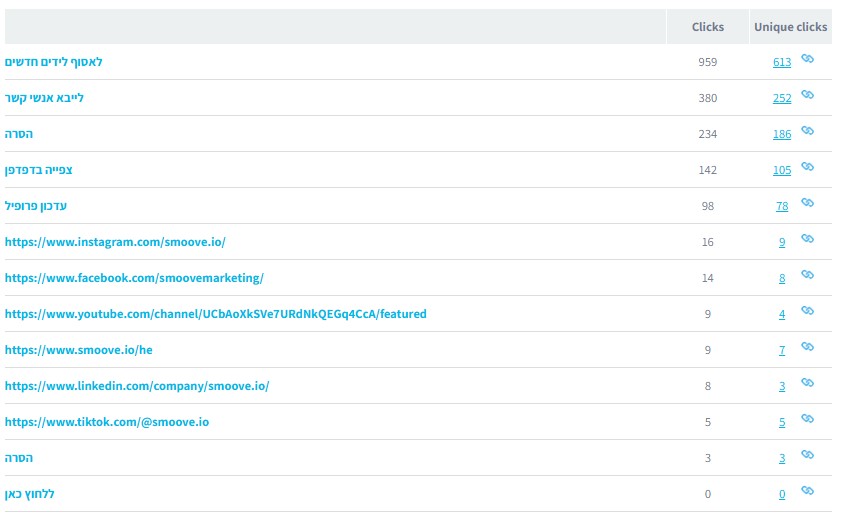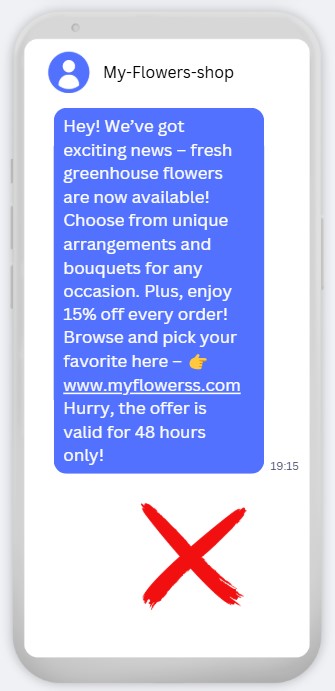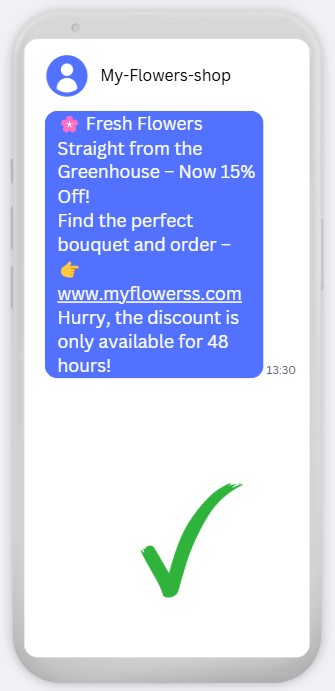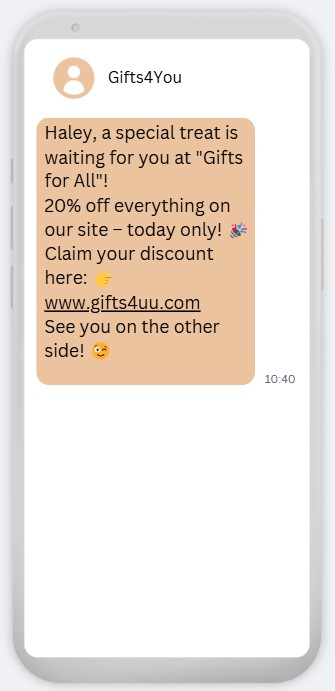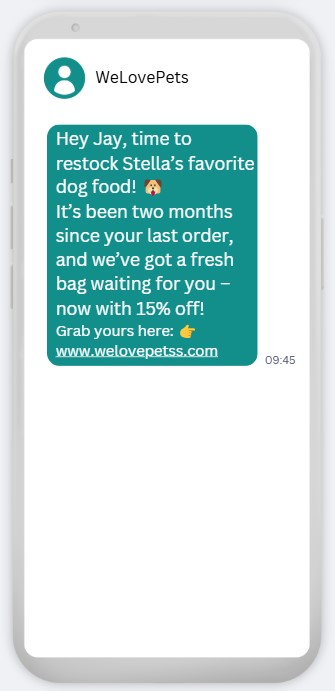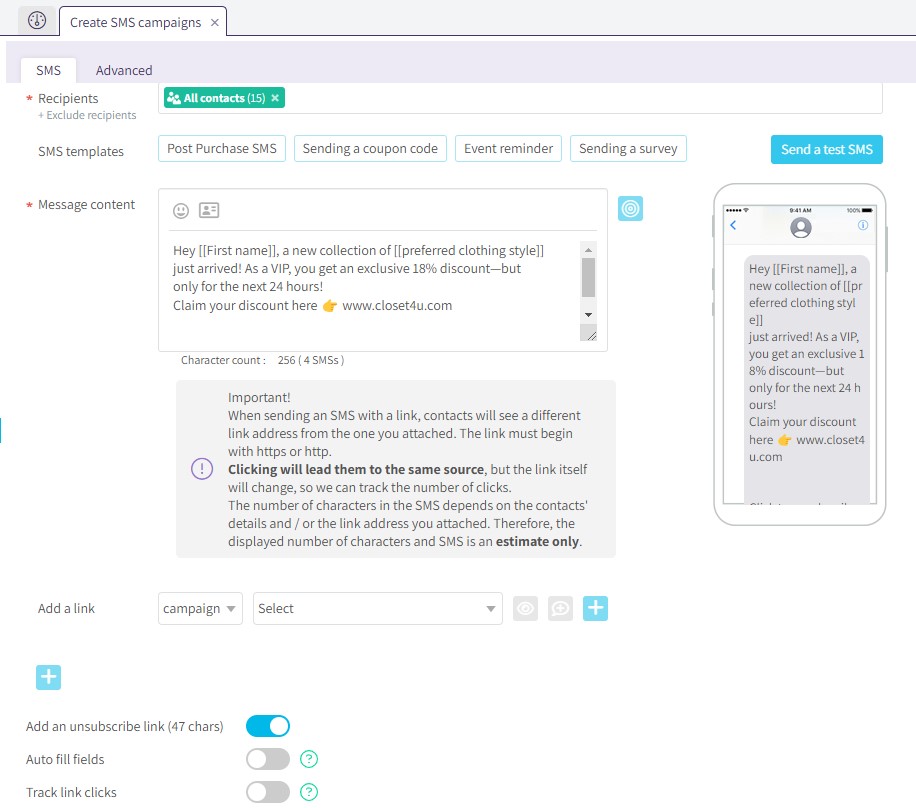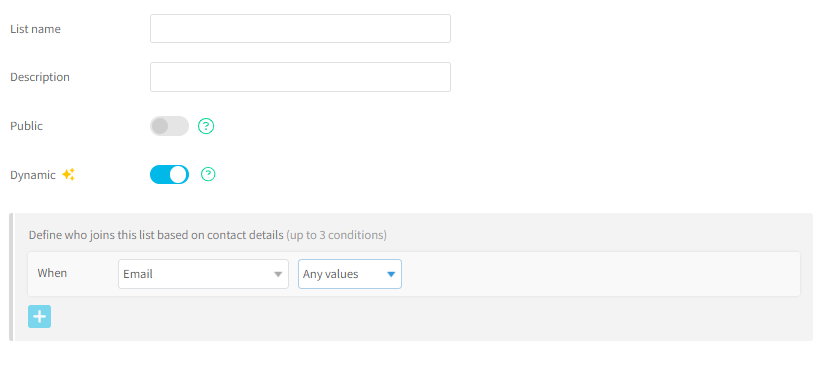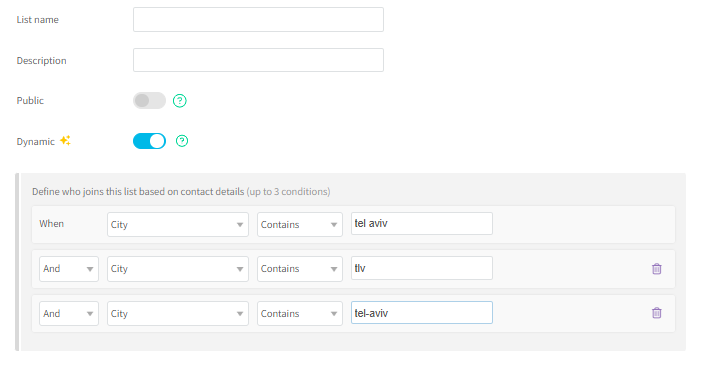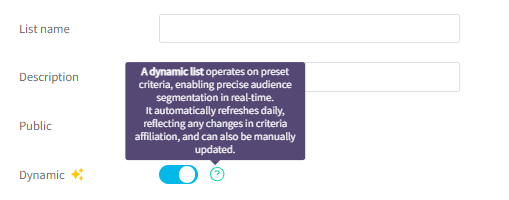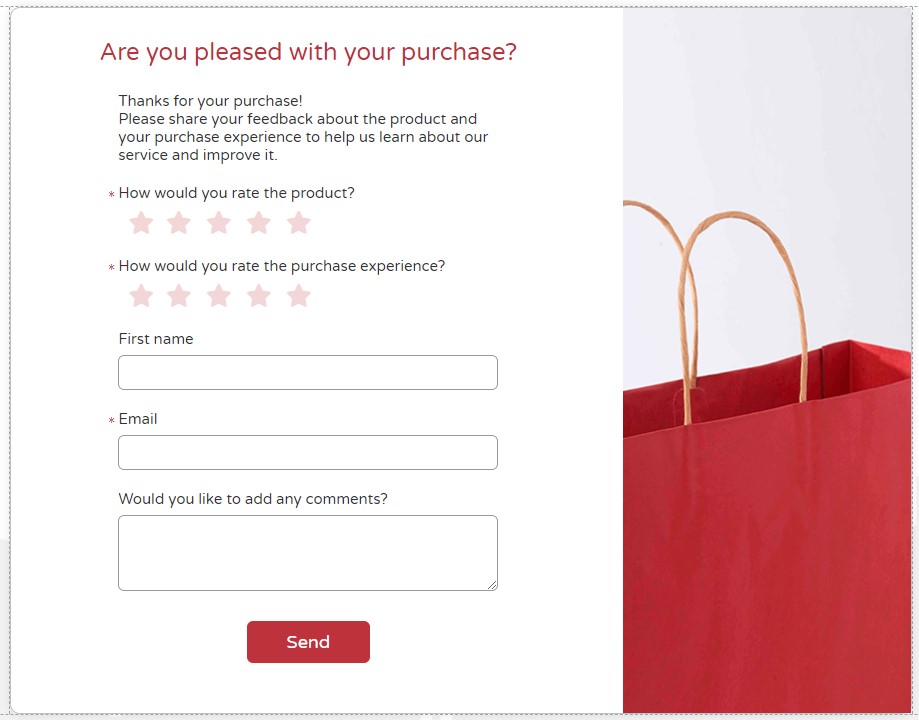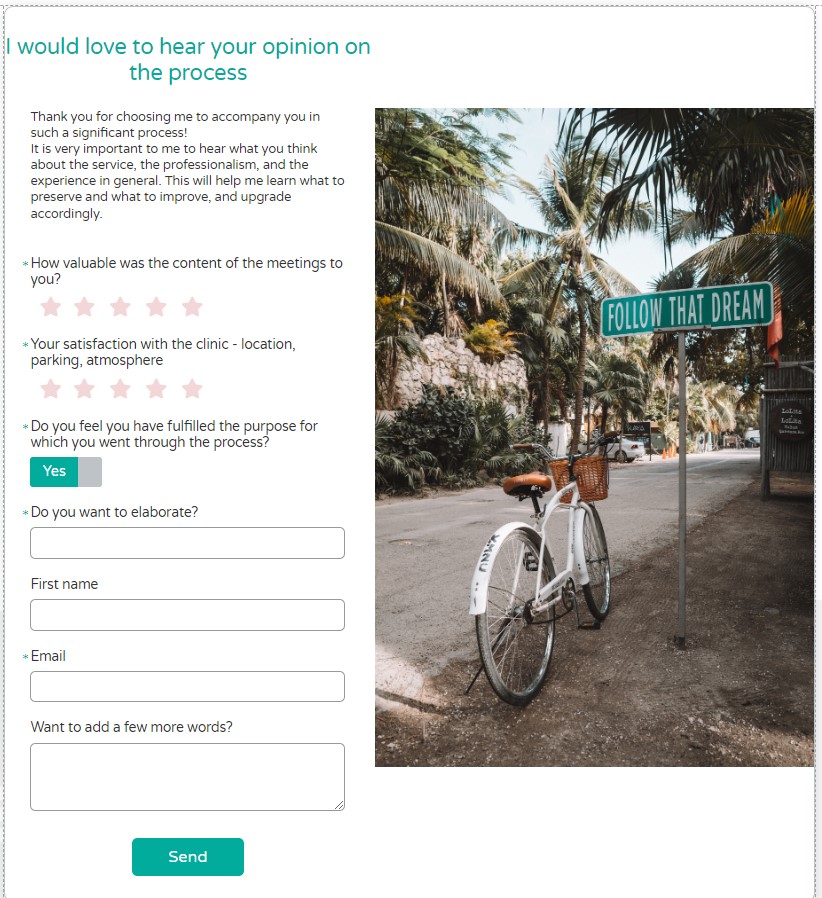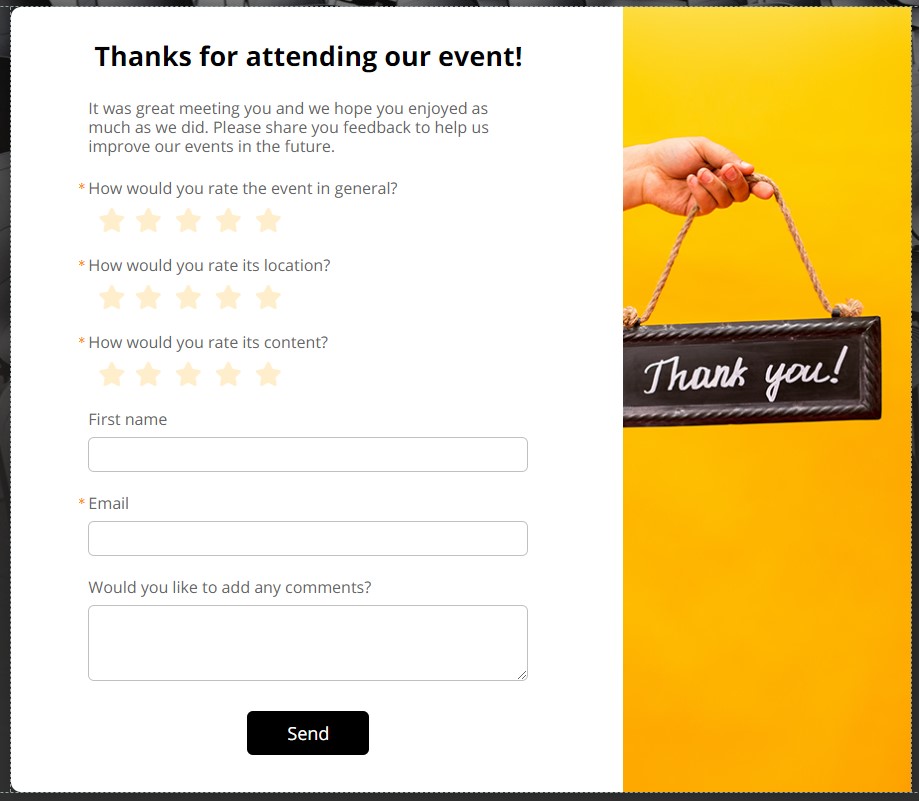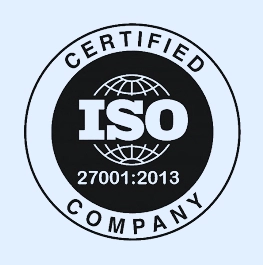A Call to Action (CTA) is one of the most powerful tools in any digital marketer’s toolbox. It’s what moves people from passive browsing to active engagement, turning curious visitors into potential customers. A strong CTA speaks directly to your audience’s needs and desires, offering a clear and easy next step. And the difference between a good CTA and a great one? It can make a serious impact on your bottom line, whether that’s boosting sales, capturing quality leads, or building a loyal brand community.
So what exactly is a CTA, and how does it work? Let’s dive in.
What is a CTA?
A CTA is a prompt that guides users to take a specific action, like signing up, downloading, or getting in touch. In email marketing, for example, it’s often a bold, attention-grabbing button with clear text like “Get Your Free Guide” or “Start Your Trial.” But you’ll find CTAs everywhere: on landing pages, social media posts, ads, pop-ups — you name it.
From a psychological standpoint, CTAs reduce decision fatigue by offering a clear next step. A well-placed CTA removes hesitation and encourages users to act. Performance-wise, CTAs are measured by click-through rates (CTR), conversion rates, and overall engagement. And visually? The CTA button needs to stand out while still fitting smoothly into the overall page design. It’s not just a technical element, it’s part of your story.
Why CTAs Matter
CTAs bridge the gap between your marketing message and user action. A well-crafted CTA enhances the user experience by clearly communicating what to do next, which reduces friction and increases results. In industries like retail, finance, and education, customized CTAs are essential for driving purchases, newsletter signups, or resource downloads.
In fact, studies show that landing pages with a clear CTA see, on average, 55% higher conversion rates than those without one. In today’s attention-scarce digital world, a focused CTA helps your brand stand out during those few valuable seconds of user attention.
It’s also one of the highest ROI moves you can make, optimizing your CTA can yield better returns than many broader marketing tweaks. Plus, by tracking CTA clicks and conversions, you gain insights into user behavior that can help refine your entire marketing strategy.
How to Create a High-Performing CTA
Here are the key ingredients of an effective CTA:
1. Clear, Persuasive Copy
Your CTA should be short, focused, and action-oriented. Use verbs in the first person when possible, like “Download My Guide” or “Join Now”, to create a sense of ownership and involvement.
Instead of focusing on the action itself (“Sign Up”), highlight the value (“Get Your Free Trial” or “Join for Exclusive Tips”).
Keep it direct and benefit-driven, clarity removes doubt and increases clicks.
2. Eye-Catching Design
In a visually crowded space, your CTA needs to stand out. Use contrasting colors to draw attention and create a natural visual break. Make sure there’s enough white space around it so it doesn’t get lost. And size matters: big enough to be noticeable, but not so large that it feels pushy.
3. Create a Sense of Urgency
Want people to act now instead of later? Use phrases like “Limited Time,” “Today Only,” or “Last Chance” to encourage immediate action. Countdown timers or expiration notes help reinforce the urgency, just make sure it’s genuine. Artificial pressure can hurt trust in the long run.
4. Optimize for Mobile
With most browsing happening on mobile, your CTA must be mobile-friendly. That means it should be thumb-accessible (usually centered or at the bottom of the screen), large enough to tap without zooming, and load quickly.
If you’re building landing pages with smoove, you can easily switch to mobile view with one click — just to make sure everything looks perfect on any device.
3 Common CTA Mistakes to Avoid
Even though CTAs may seem simple, these common errors can hurt performance:
- Vague Wording: Generic phrases like “Click Here” or “Continue” don’t tell users what to expect. Be specific and value-focused, tell them what they’re getting and why it matters.
- Too Many CTAs on One Page: Offering too many options can confuse visitors and reduce the likelihood of action. Stick to one clear CTA per section or page, and create a strong visual hierarchy to guide attention.
- Poor Placement: A CTA that’s buried at the bottom or shows up too early can both underperform. Position it at a natural decision point, after you’ve explained the value but before they scroll away.
How to Test and Improve Your CTA
Want to find the perfect formula? A/B testing is your best friend. Try different versions, colors, copy, placement, button size, and track the results. Over time, these small tweaks can lead to big gains in engagement and conversions.
Final Thoughts
A CTA is much more than a colorful button, it’s a critical moment of connection between your brand and your audience. Investing in smart CTA design, thoughtful wording, and ongoing optimization can drive major improvements in your conversion rates and business growth.
But remember: the real secret to a winning CTA is understanding what your audience needs, and helping them take that next step with confidence.



